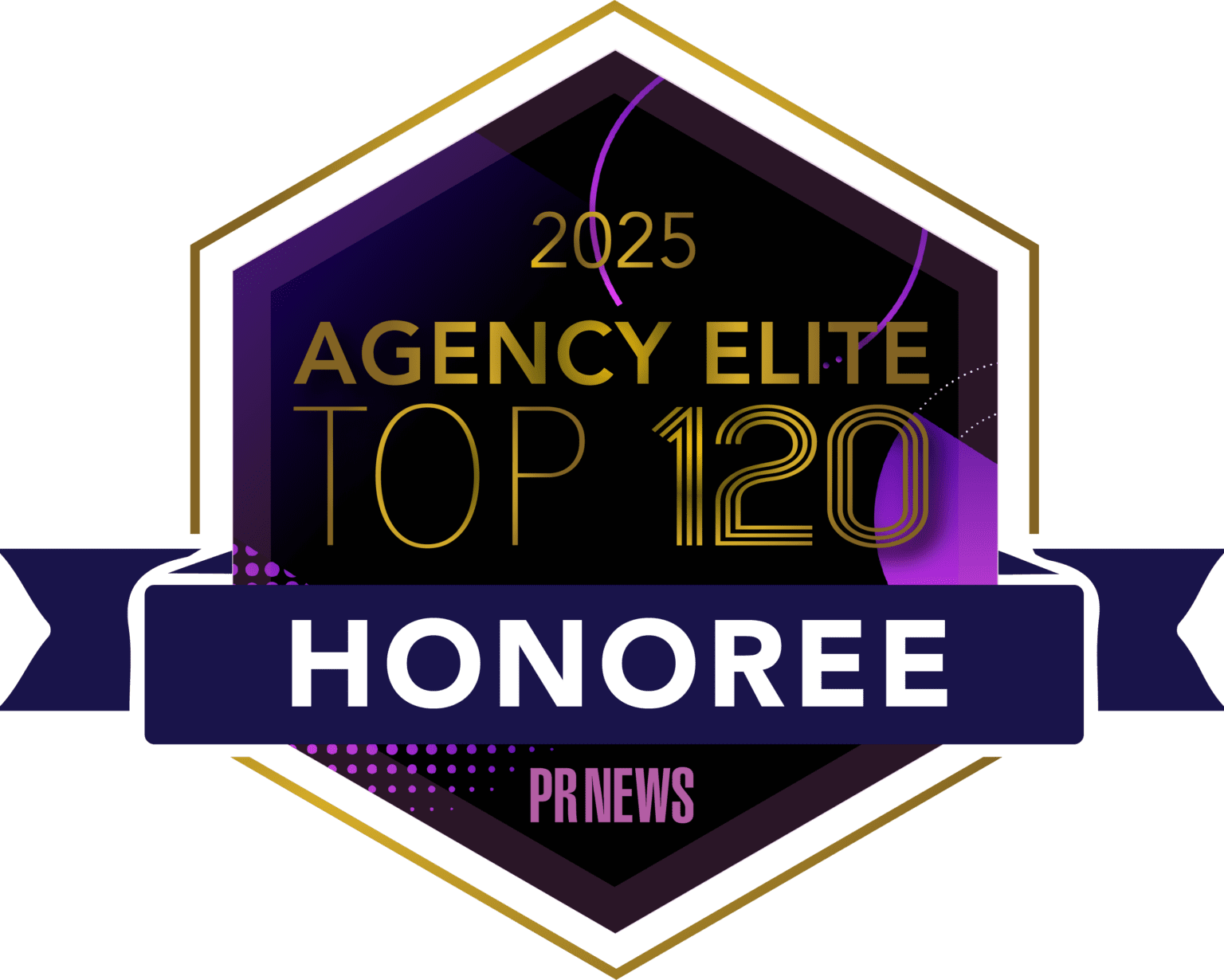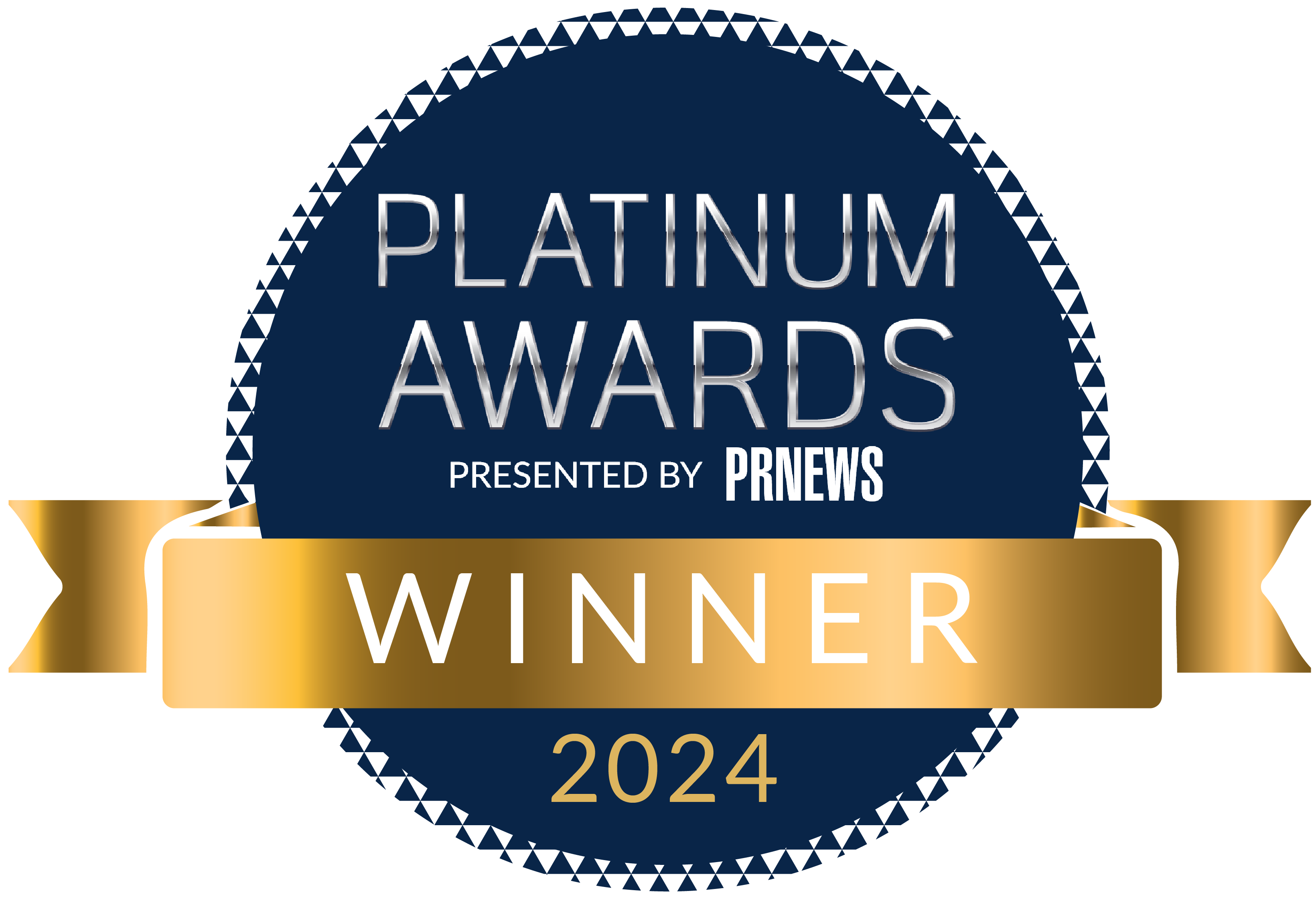Substance, intersectionality, and consistency are essential to any strategy. Better yet, diversify your PR spokespeople, too.
On the bridge between Black History Month and Women’s History Month, with MLK Day now behind us and International Women’s Day just ahead, many organizations will consider whether to post about their commitment to equity. Throughout the year, as diversity, equity, and inclusion (DEI) gets more divisive, many heritage months and memorial holidays may spark concerns over backlash for doing either “too much” or “not enough” with respect to supporting equity and demonstrating change via social media.
FischTank PR believes organizations can perhaps best advance their commitment to equity not through holiday social media posts but by year-round promotion of diverse industry experts. If your brand would like to post its support for underrepresented groups, especially to coincide with national observances, consider statements that meet three key parameters: substance, intersectionality, and consistency.
Disclaimer: At FischTank, we focus on our bread and butter: media relations and corporate communications. Our content writing and development programs (releases, LinkedIn, blogs, etc.) help our clients build their brand by promoting announcements, contributing thought leadership, and offering expert commentary on industry breaking news. So we’re by no means DEI specialists, but we wanted to share some best practices to supporting equity and demonstrating change that we’ve observed along the way:
Substance: Posts for MLK Day, International Women’s Day, or other holidays work best when they can reference ongoing actions or concrete commitments. Otherwise, messaging comes off as “window dressing” at best or hypocrisy at worst. Hiring or promotion processes designed to overcome implicit bias, mentorship to cultivate underrepresented leaders, or benefits that set working caregivers up for professional success by alleviating childcare or housework burdens are all examples of excellent programs to highlight. Specific targets achieved or in progress can also be a way to set, benchmark, and celebrate goals over time. And for more story-driven posts, centering team members who would like their quote featured can help to ground messages in employees’ own words.
Intersectionality: Keep in mind that many people belong to more than one underrepresented group and that the challenges and considerations often overlap. Organizations wondering whether to post publicly about one group may want to ask if they are prepared to invest the time in addressing other categories of difference, including within a given group. For example, if highlighting historical scientists of color, incorporate people from various socioeconomic classes; if highlighting modern disability leaders, incorporate people from various racial and ethnic backgrounds.
Consistency: Equity-oriented messaging may be most effective when woven into an organization’s public presence throughout the year rather than to correspond with particular calendar dates, when competition may be higher and critics may be ready to pounce. Distributed posts throughout the year can help an organization’s message stand out in a more authentic way. For example, for gender equity, a post on women’s disproportionate share of caregiving work around the winter holidays or summer vacation could be a good opportunity to highlight how that organization’s “flexible hours” policy alleviates the morning rush, or how a monthly cleaner stipend helps lessen the burden of the “second shift.”
Public relations, by definition, is public. By contrast, much equity work takes place within an organization. That said, one way companies can leverage their PR programs to advance underrepresented groups within the company is to diversify their spokespeople. A CEO is neither the only nor, in many cases, the best representative; many journalists would rather speak to someone more “in the weeds” on how the technology, the company, or the industry operates. Organizations with talented, diverse team members elsewhere in the C Suite or doing unique work at non-executive levels can look beyond the corner office when considering who to present for a newspaper interview, a byline author, or a conference panel. Further, many journalists and event organizers have mandates to include more diverse story sources / panel members in their efforts.
Diversity takes many forms. A Gen Z person with an engineering background might address a technical topic better than a Gen X business leader. Someone with an invisible disability might offer the richest perspective on how an organization’s expanded PTO policy intersects with national “wellness in the workplace” trends. Think outside the box to consider how your PR efforts can represent the full array of perspectives at your company – and that creativity may lead to more successful pitch angles as well as a more equitable spokesperson slate.
Then, promotion of any media placements – whether about a newly launched pilot plant or what’s at stake for climate in the next election – will testify to your ongoing commitment to lift diverse voices. And a social media feed highlighting diverse voices speaks more about an organization’s commitment to supporting equity than the best holiday post.




